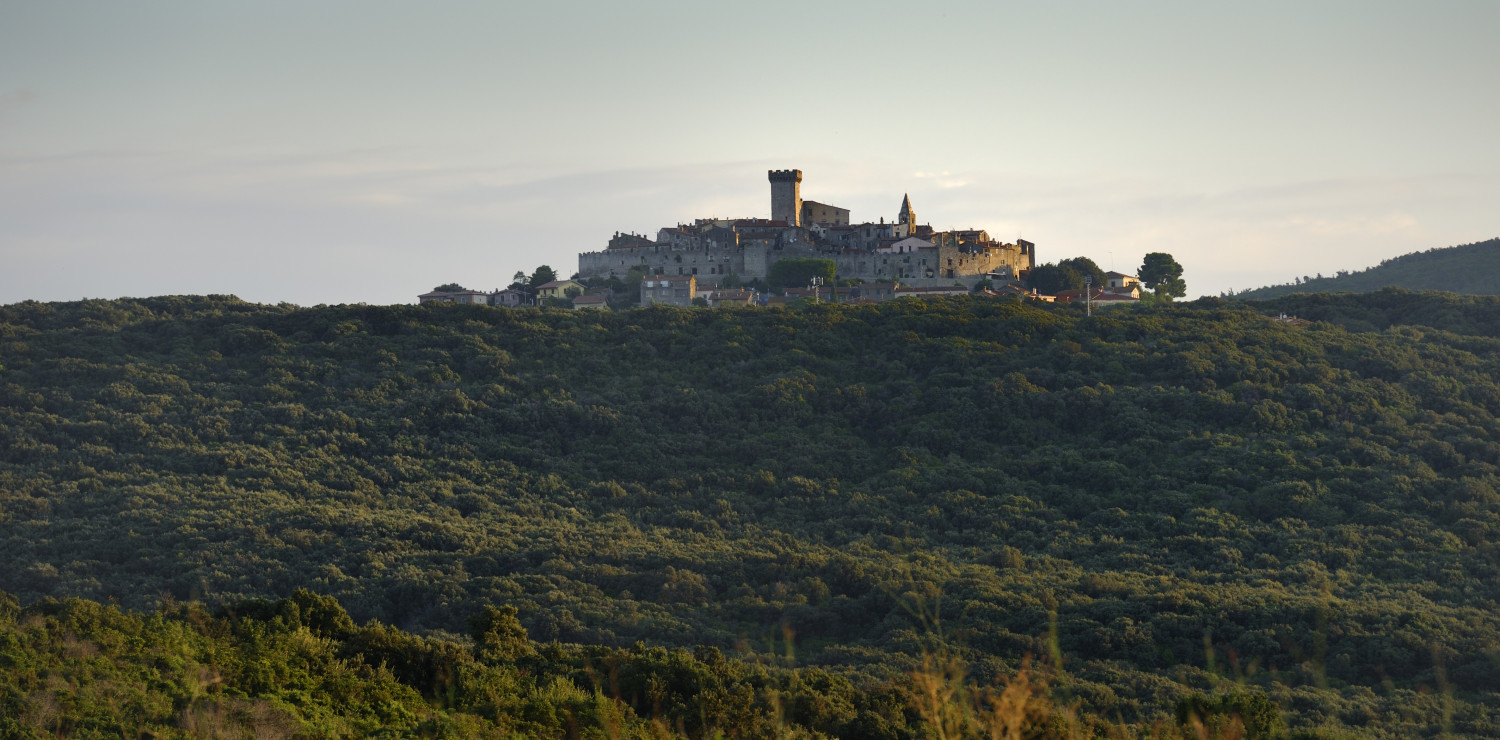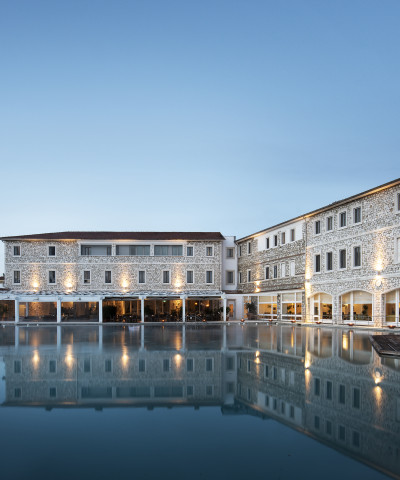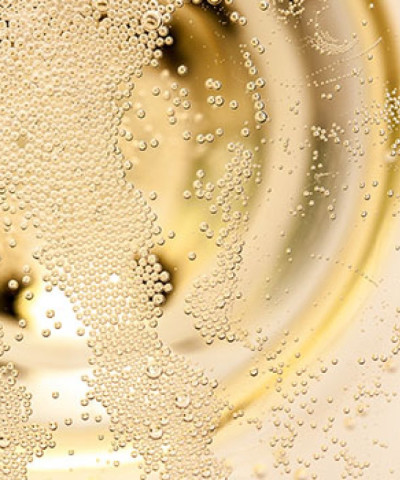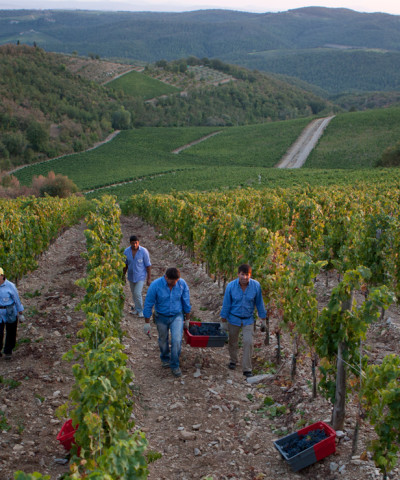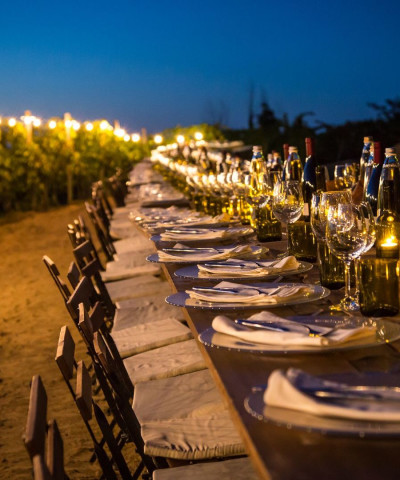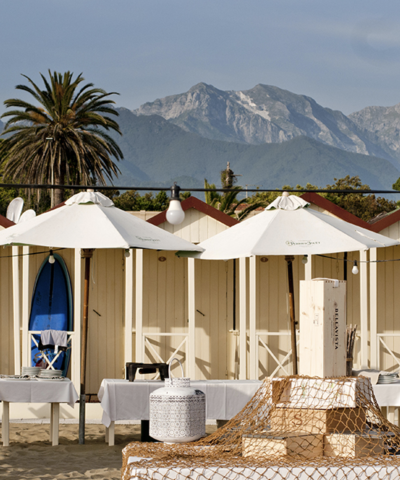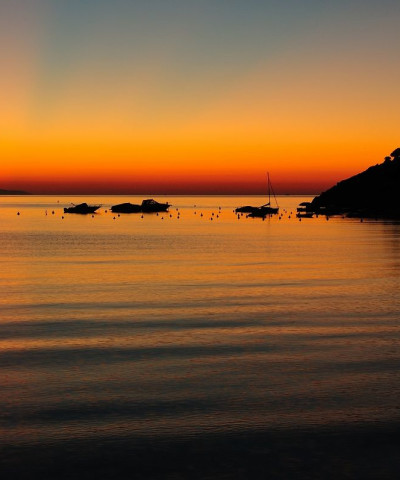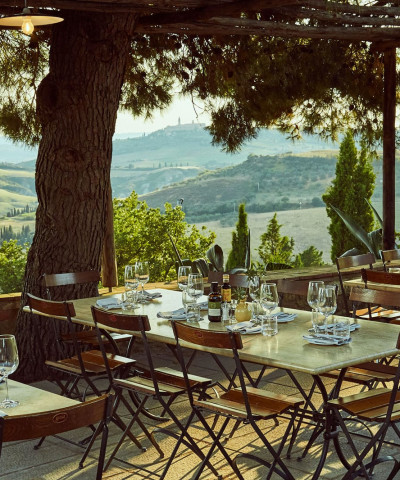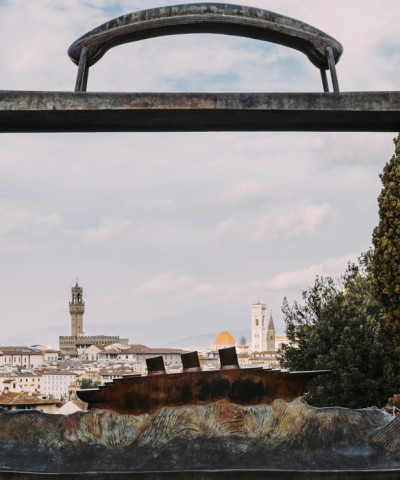The most beautiful villages in the Maremma
An itinerary through the hills and medieval villages: let's discover together the best ones not to be missed
The Maremma offers breathtaking scenery, from every angle you look at it. It is one of the greenest and most rural areas in Tuscany. It offers beautiful, cool hills in summer and has the most beautiful sea and sandy beaches in the region. Everywhere along the coast, it is protected by vast pine forests, and the hills are dotted with olive groves, orchards and vineyards.
A land masterfully recounted in the book commissioned by the Consorzio Tutela Vini della Maremma Toscana and published by Gruppo Editoriale: MAREMMA TOSCANA – A journey through people, places and tastes with texts by journalist and food and wine critic Aldo Fiordelli and unpublished photographs by photographer Dario Garofalo.
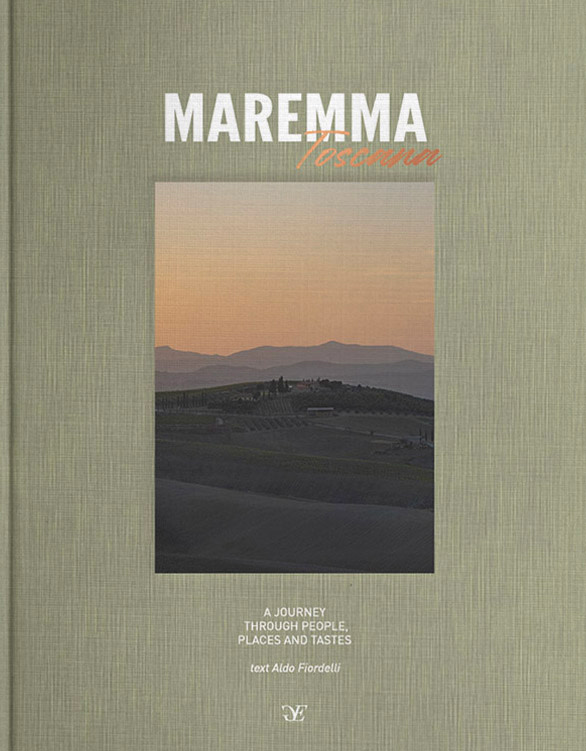 Libro Maremma Toscana
Libro Maremma ToscanaBetween the plains and hills of the Maremma, the villages and towns of art stand out, rich in history and ancient charm, places where life still goes by at the slow pace it once did. Visiting them is a fun experience and an alternative to seaside life during the summer. Here are the most beautiful ones.
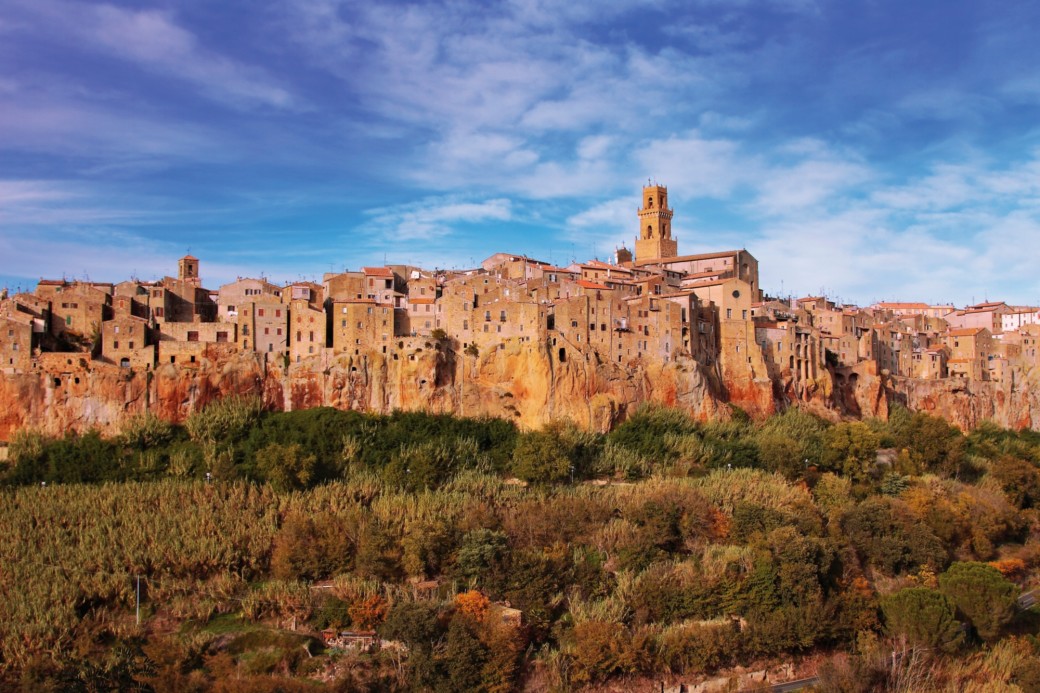 Pitigliano
PitiglianoFor a guide to the best trattorias in the villages of the Maremma click here. If you prefer to eat by the sea, you can find a wide selection of restaurants by the sea in the Maremma here, and an in-depth look at the great wines of the Maremma here.
CASTIGLIONE DELLA PESCAIA
Castiglione della Pescaia overlooks the sea and culminates with the castle of medieval origins at its highest point. You enter the old village through the Porta Urbica, rebuilt in 1608. Climbing along Via del Recinto, one skirts the walls and reaches the panoramic road, from which one dominates the village and enjoys a breathtaking view of the wild Uccellina Mountains, the Diaccia Botrona marsh and the plains as far as Grosseto.
The Church of San Giovanni is worth a visit, with its characteristic bell tower resting on a circular tower carved out of an older room used for military purposes. The church houses the relics of the town's patron saint, St. William of Aquitaine. Up at the top is the Rocca, or Castle, which is privately owned.
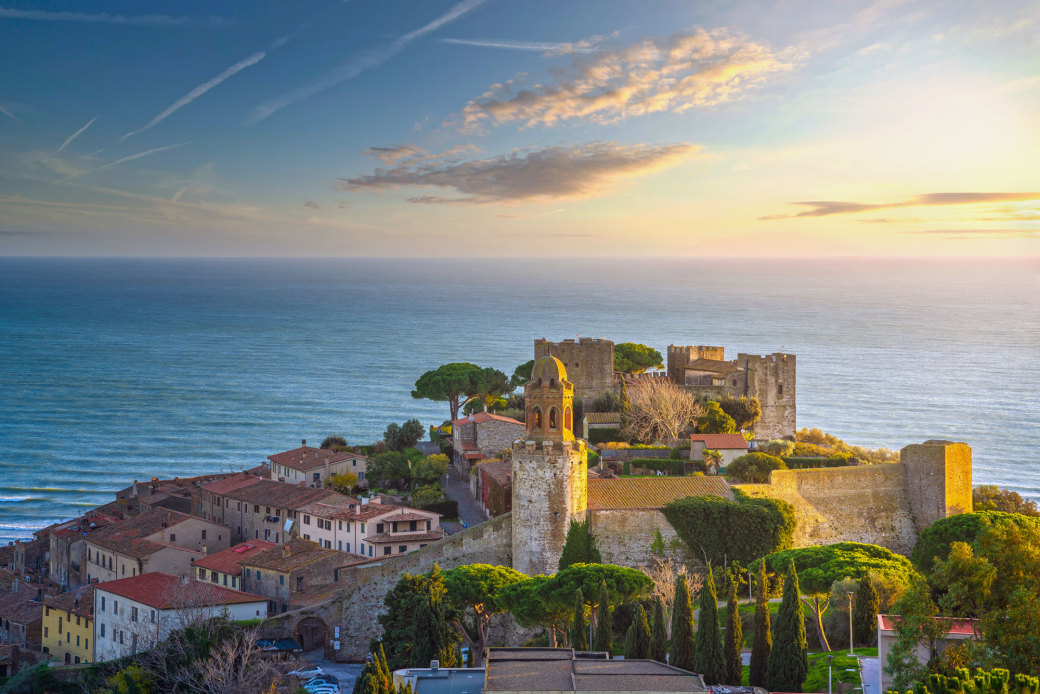 castiglione della pescaia
castiglione della pescaiaTIRLI
Often, you get to know places that remain impressed in your memory, for many reasons. Tirli, a small hamlet of Castiglione della Pescaia, is one of those places that stick in your memory. Perched on a mountain, from which the view takes the breath away even of the most experienced of tourists, once at the top, at the gates, you are greeted by a sign indicating the village, which alone is enough for the journey from the sea to the hills, in the midst of woods and chestnut trees. The Tyrleans are great hunters, it is well known; everyone has a chestnut grove and a part of the forest, which they cut down if necessary for the needs of the house. In winter, the smell of burning wood wafts through the village, mingling with the scent of wild boar, absolute master of the scrubland, cooked in many different ways in the various restaurants that make Tirli an excellent food and wine centre: alla cacciatora, with apples, chestnuts with mushrooms, not forgetting the Maremma tortelli, strictly handmade and served with wild boar sauce. The people are fantastic and have the typical Maremman spirit.
Not to be missed: the local pizza, which the grocers sell, is special, different from all the others, without mozzarella but with a dough and tomato sauce to die for.
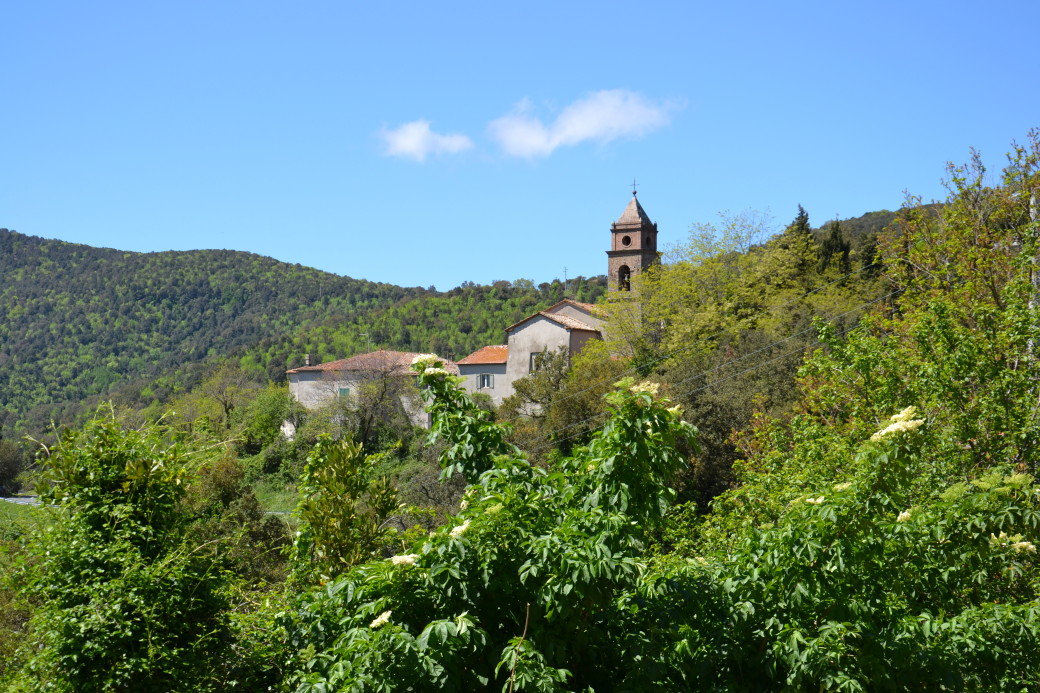 tirli
tirliVETULONIA
It is an ancient Etruscan city that gave Rome the lictor symbols of the fasces and the axe. Among the tombs that can be visited, the Tomb of the Diavolino and the Tomb of the Pietrera, which can be found on the road to Buriano, are noteworthy. There is an archaeological museum in the village, with finds of considerable value. The panorama that can be admired from the village is also splendid.
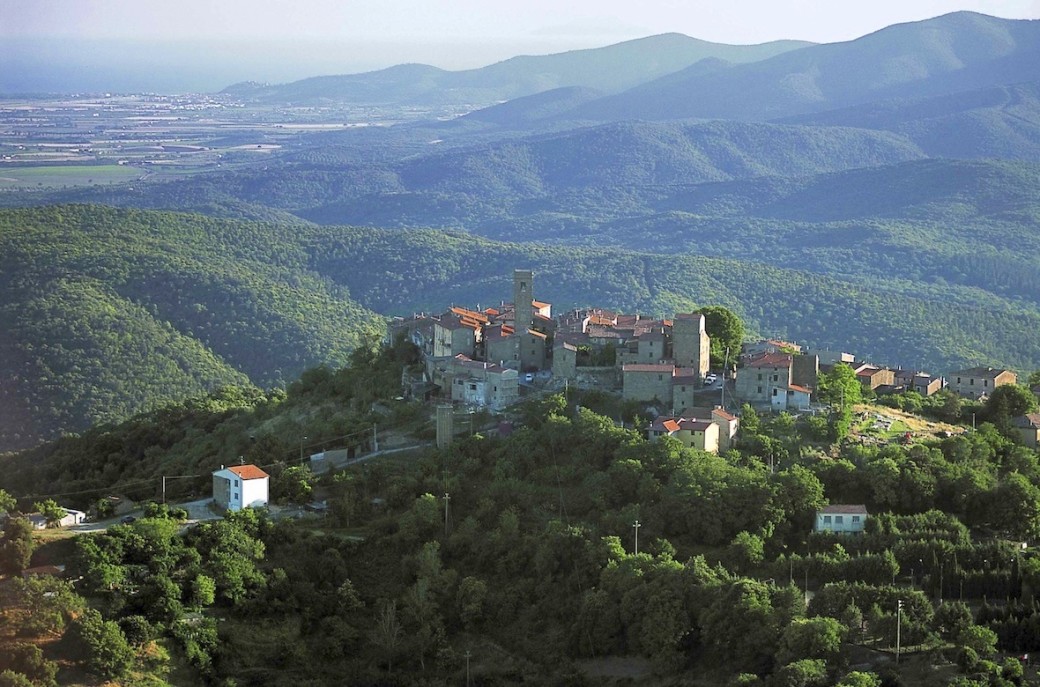 vetulonia
vetuloniaSeen from the church of the Madonna delle Grazie, dedicated as an ex-voto for the plague of 1527, and with the sun towards sunset, Pitigliano gives an unforgettable scenic impression. The bridge of the Medici aqueduct, perched on a tufa spur, allows one to admire all its beauty. It is also called 'Little Jerusalem' for the large and very active Jewish community that settled here in the 15th century. Today, the Jewish ghetto is available for worship and the Synagogue, the Jewish Cemetery, the oven where unleavened bread was baked, and the cellar dug out of the tuff where kosher wine was produced can all be visited. A visit to the museum of Palazzo Orsini, lasting about an hour, is also very interesting. The richness of Pitigliano's past has also been passed down in the flourishing wine production. The vineyards, in fact, fertilised by volcanic tuff and millennia-old humus, produce one of Italy's finest white wines: Bianco di Pitigliano. Characteristic are the caves and Etruscan tombs dug into the tuff, some of which are used as cellars for storing and ageing wines. Pitigliano is surrounded by the Etruscan Vie Cave, mysterious routes carved into the living rock, varying in length from 500 metres to more than 1 km and with gradients that can be challenging. Want to know what to do in detail in Pitigliano, Sorano and Sovana? Find out here!
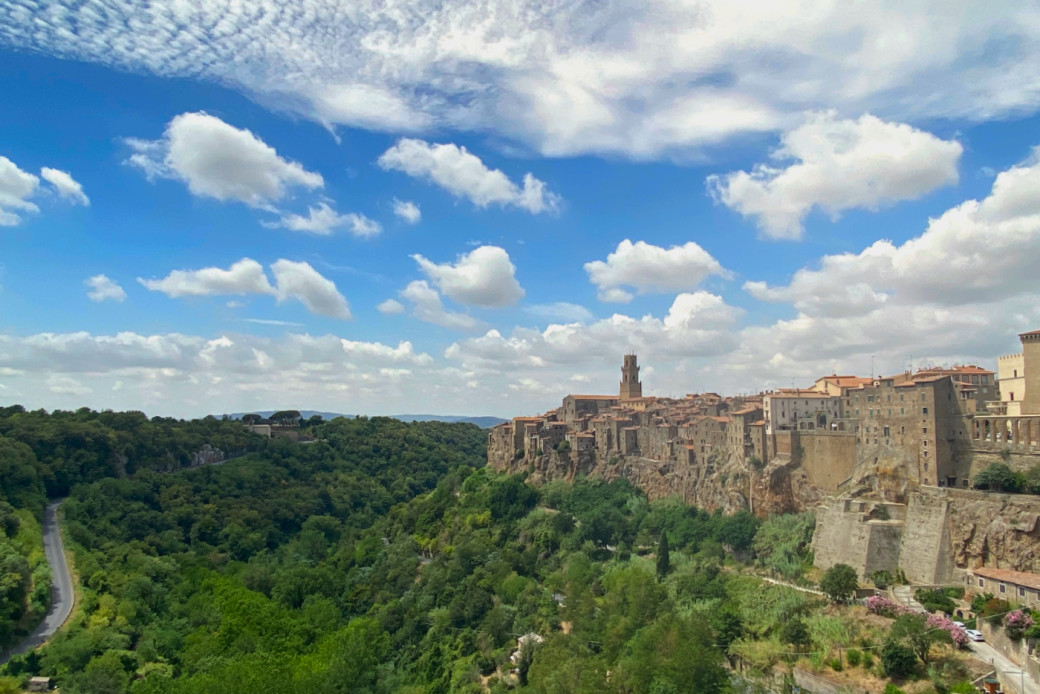 PITIGLIANO
PITIGLIANOSurrounded by imposing 15th-century walls overlooking the coast, Capalbio is full of restaurants where you can eat wild boar and game. In addition to the splendid beach of Capalbio, with its characteristic blackish colouring and destination for elite tourism, less than 20 kilometres away are the wild beaches of the Costa d'Argento. On the nearby promontory of Argentario, one can find wonderful cliffs. If you come this far, you cannot fail to visit the nearby Tarot Garden, a veritable open-air museum. This artistic park consists of cyclopean sculptures, 12 to 15 metres high, depicting the 22 major arcana of the Tarot, which Niki de Saint Phalle created on the Garavicchio hill in the municipality of Capalbio. Here our article on what to do and where to eat in Capalbio.
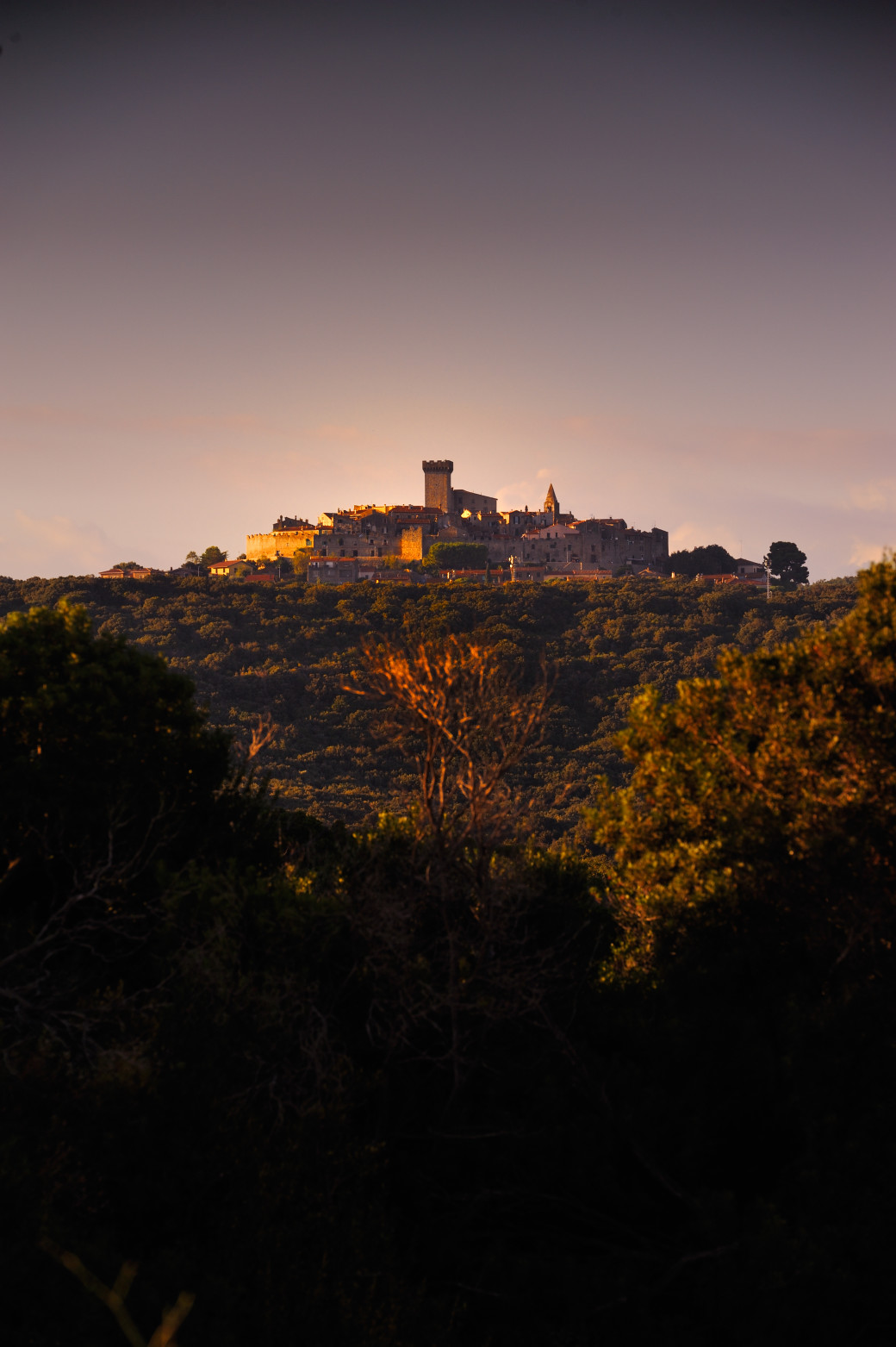 Capalbio ph. Leif Carlsson
Capalbio ph. Leif Carlsson MASSA MARITTIMA
It is a picturesque medieval town nestled in the Colline Metallifere (Metal-bearing Hills), about 15 kilometres from the Gulf of the Sun, rich in historical, environmental, artistic and architectural beauty inherited from a prosperous past. Walking through the narrow uphill alleys of the historical centre, it is possible to reach the highest part of the town and enjoy a suggestive panorama from the valley to the sea and incomparable sunsets. It preserves intact its medieval appearance, which is best expressed in the Cathedral of San Cerbone, also known as the Collegiata, one of the most beautiful Romanesque churches in Tuscany. Every year, on the fourth Sunday of May and 14 August, the Balestro del Girifalco is held, a spectacular competition between the crossbowmen of the city's districts.
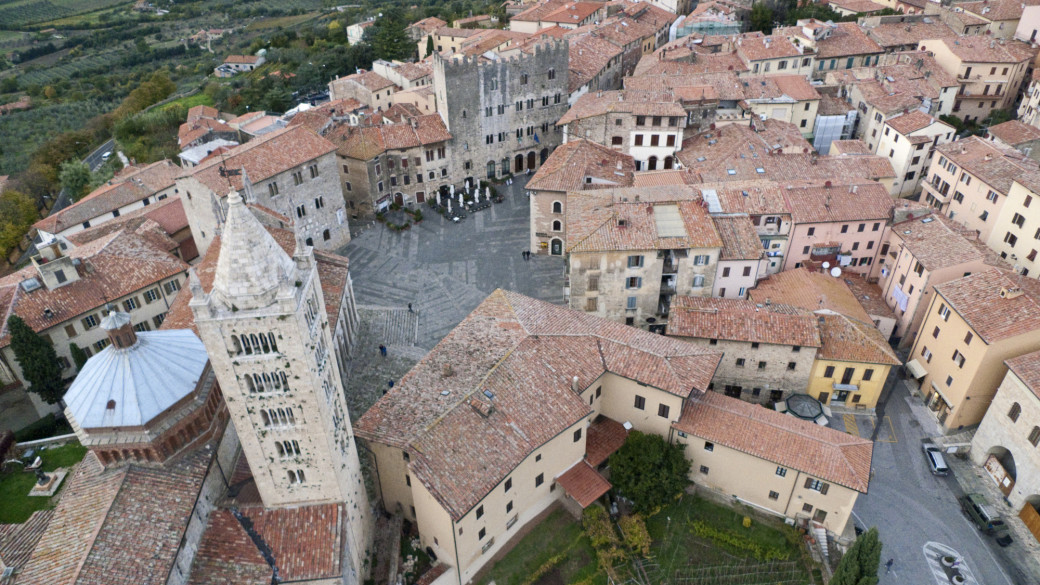 Massa Marittima
Massa MarittimaMONTEMASSI
In the municipality of Roccastrada, this village is famous for its castle that pins its profile to the hillside. The castle has belonged to the powerful Aldobrandini family since the 9th century. During the fierce battles between the Guelphs and Ghibellines, the Castle, Guelph, was conquered by the Sienese in the 13th century. Standing up there is like taking a trip back in time: no noise, just the flight of birds. The visit can be continued by descending into the village that lies at the foot of the castle: a place off the beaten track, with no souvenir shops or small restaurants winking at the visitor.






